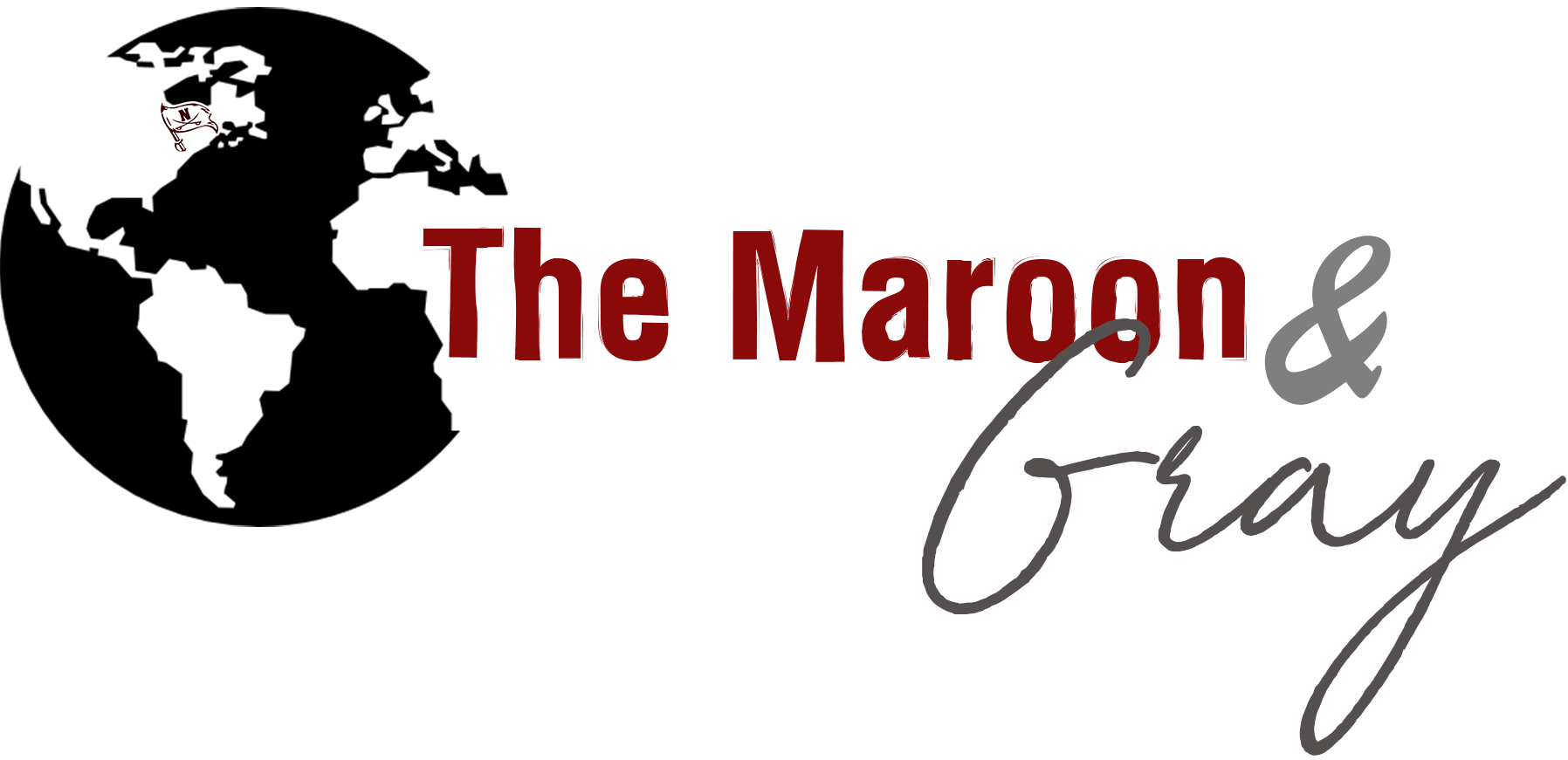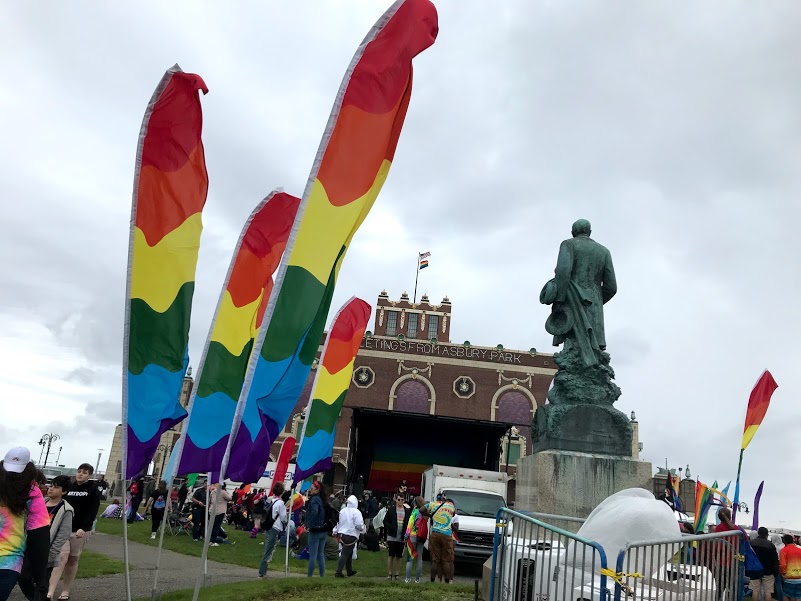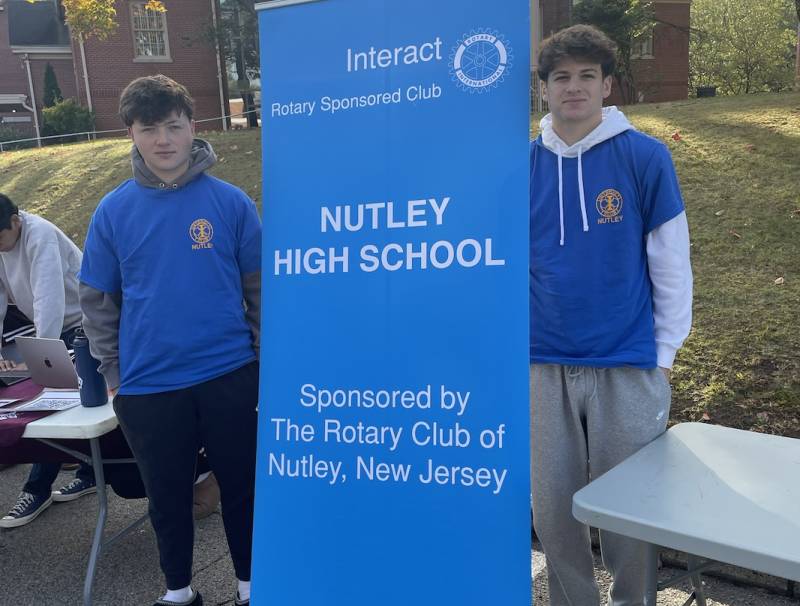From Riots to Celebrations: A Short History of Pride Month
On June 30, people throughout the New York metropolitan area will gather on 5th Avenue in New York City for the annual Pride March. With explosions of color and sound, and thousands of diverse individuals, the march is a way for people in the LGBTQ+ community to be proud of who they are and celebrate their history. The New York City Pride March is one of the largest in the world, and just one event of thousands across the globe annually.
Fifty years and two days prior, however, LGBTQ+ people took to the streets of New York City for a much different reason. Police raids on gay bars were common in the 1960s. But at the Stonewall Inn in Greenwich Village on June 28, 1969, patrons of the bar refused to be silenced, and fought back. In a time period rife with counterculture movements and social activism, the Stonewall riots spurred a revolution for gay rights.
The Stonewall Inn was frequented by members of the LGBTQ+ community, and in 1969, homosexual acts were illegal in almost all of the United States, and dressing up as the opposite sex was not allowed in New York City. When police raided Stonewall, arresting bar employees for illegally selling alcohol as well as drag queens, cross dressers, and transgender patrons, they were met with resistance, as patrons fought back with police.
The next day, more supporters showed up at the Stonewall Inn, ready to protest for their rights, chanting “gay power” and “we shall overcome.” They were once again met with police who used tear gas on protestors and beat members of the crowd. From then on, Stonewall became a meeting place for activists, as it continued to be a safe haven for gay people and became a symbol of hope for the community.
The next year, activists held marches to commemorate Stonewall, and continue the fight for acceptance and equality. June marches have continued since, first staying close to the anniversary of the riots, but then branching out to take place during the rest of the month.
LGBTQ+ rights have grown since the Stonewall riots, and American society continues to become more accepting of gay and transgender people. While there are still setbacks, activists of today keep spreading the message of love and equality for all, continuing the fight of those at Stonewall and the early LGBTQ+ activists at the time.
As Pride month continues, it is important to remember to celebrate the history of the gay rights movement, and remember how we got to where we are today. Be proud of who you are, and remember all those who came before you who paved the way, making it possible for us to celebrate Pride month openly.







